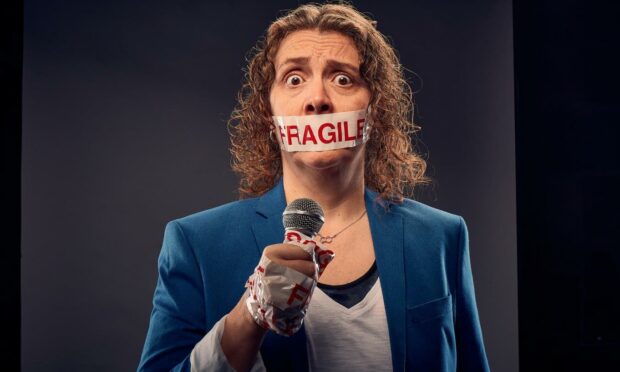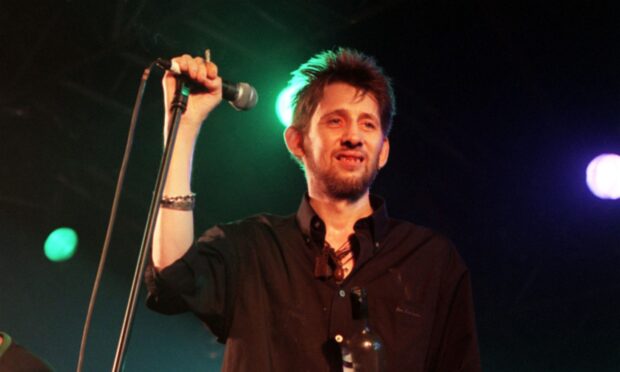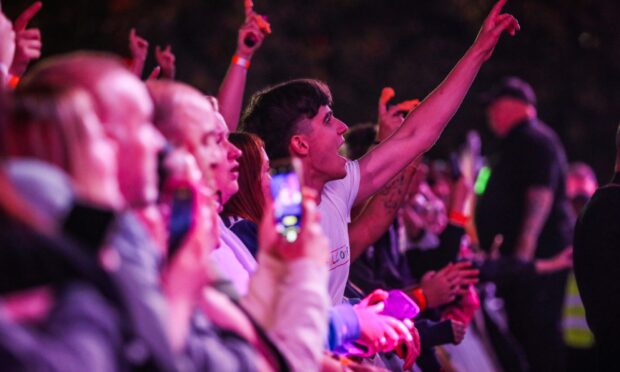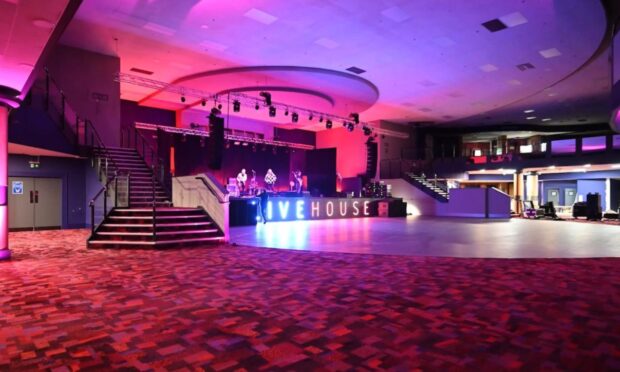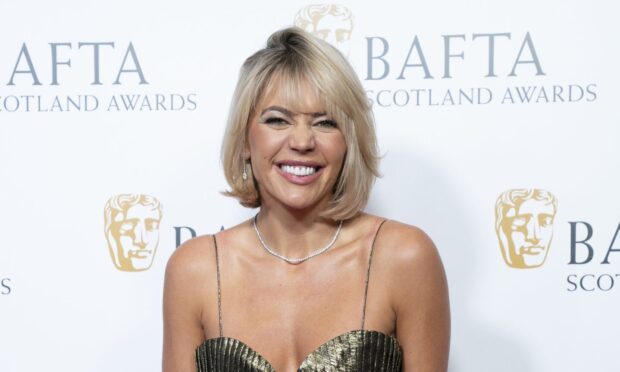Karen Dunbar’s new one-off special #CancelKarenDunbar (BBC Scotland) was a brave thing on multiple levels.
On one, tackling what’s become known as ‘cancel culture’ is a minefield of wrong interpretation, misread intent and potential crashing insensitivity.
On another, her way into the debate is by deliberately selling herself as old, out-of-touch and needing to be spoon-fed the information.
“I was big in the noughties,” says the 50-year-old. The peak of her fame for Chewin’ the Fat and The Karen Dunbar Show, between 1999 until 2006, is long enough ago that some of that material feels dated and insensitive by current standards.
She happens to be a ‘Karen’
Finally, she just happens to be called ‘Karen’ – which is a contemporary term to describe women who are mean-spirited and bigoted. Or, depending on the listener’s perspective, a misogynist insult used to ridicule and shut down older women who speak up for themselves.
That’s the problem with cancel culture debates. Beyond the hopefully shared basics of human decency – calling out abuse, not mocking others for the fundamentals of who they are, trying to walk in others’ shoes – a lot of the nuance rides on the perspective of those having it.
Which is where Dunbar comes in. As a comedy writer, she’s of a generation where comedy was about saying the unsayable, even the unthinkable, as a reaction against mainstream decorum and manners and censorship and all of that.
Yet now, since the rise of social media, jokes at the expense of minorities who may not have been large enough to collectively push back aren’t easy laughs anymore.
Comedy without offence
Just ask Jimmy Carr, who recently told a gag involving the Holocaust and Roma people, and found no amount of in-built attempted explanation was enough to head off the backlash.
The same with Dave Chappelle and trans issues on his recent special. And whatever you think of the material or those delivering it, when a comedian explains a joke it’s automatically less funny.
“I don’t know how to do comedy without offence,” says Dunbar imploringly here.
“I don’t know how to speak without offence!”
Yet the real credit is that she remembers the perspective thing, and tries to hear from as many voices as possible while constructing a stand-up set which will hopefully work in front of a younger audience.
“Can they feel harmed by your feelings…?” wonders Frankie Boyle’s gag writer Steven Dick as he helps her vet the material.
“It’s a weird thing being set up to be offended,” says one young audience member before the show. “Like, am I a snowflake?”
A BBC sensitivity viewer
Dunbar creditably exposes her old material to a BBC sensitivity viewer – old shows’ supposed banning is part of the discussion here – and to a diverse focus group, where one sketch whose punchline is a man in drag visibly upsets a young trans person.
What’s funny has always been in the ear of the beholder, but for my money the best gag of the whole show was disabled comic Aaron Wilkie at an inclusive comedy night (of his partner: “listen, she’s only in it for the free parking”).
And the best of Dunbar’s set was when she owned her ‘Karen’ness and turned it into a joke.
Both cases illustrated a topic discussed here, that of the right to mock if you ‘own’ the attributes being made fun of yourself, which is part of a contentious wider debate in comedy about ‘punching up’ rather than ‘punching down’ in a hierarchy of perceived power.
Nothing was resolved by the end, of course it wasn’t. But a lot of talking and listening and even some understanding had taken place, which was a good and much-needed start.
